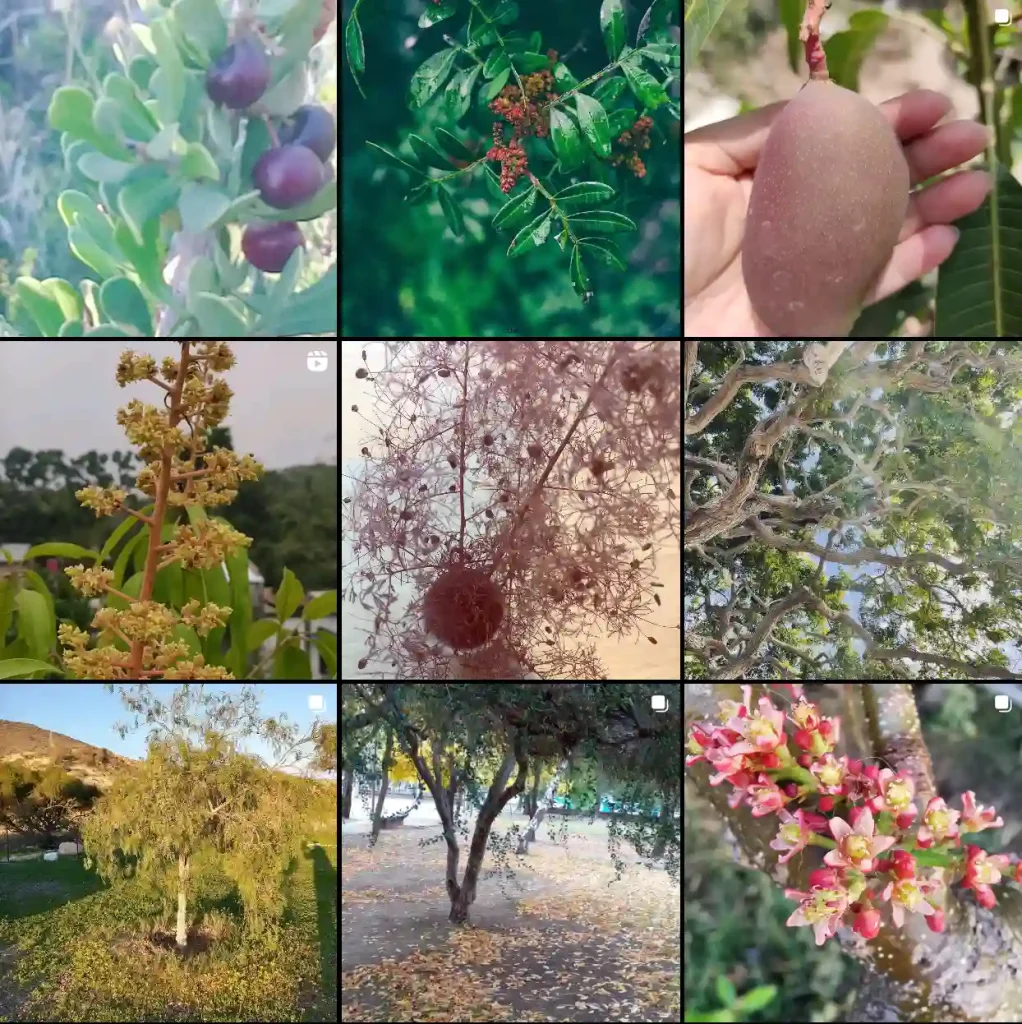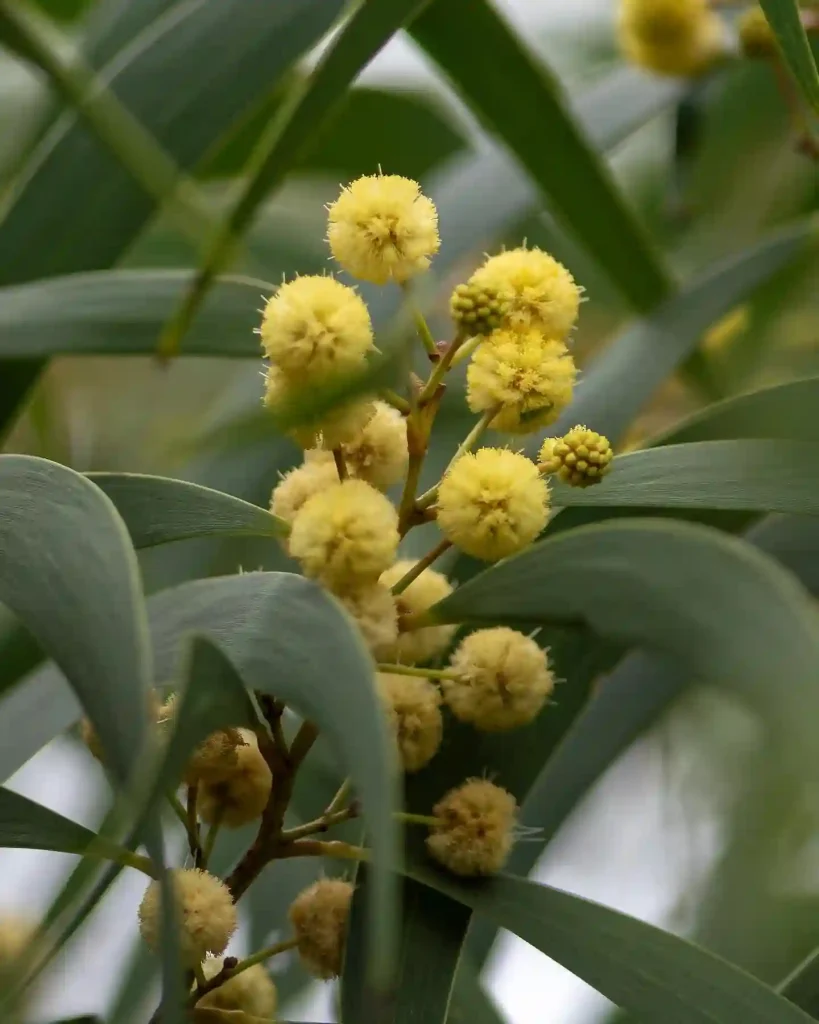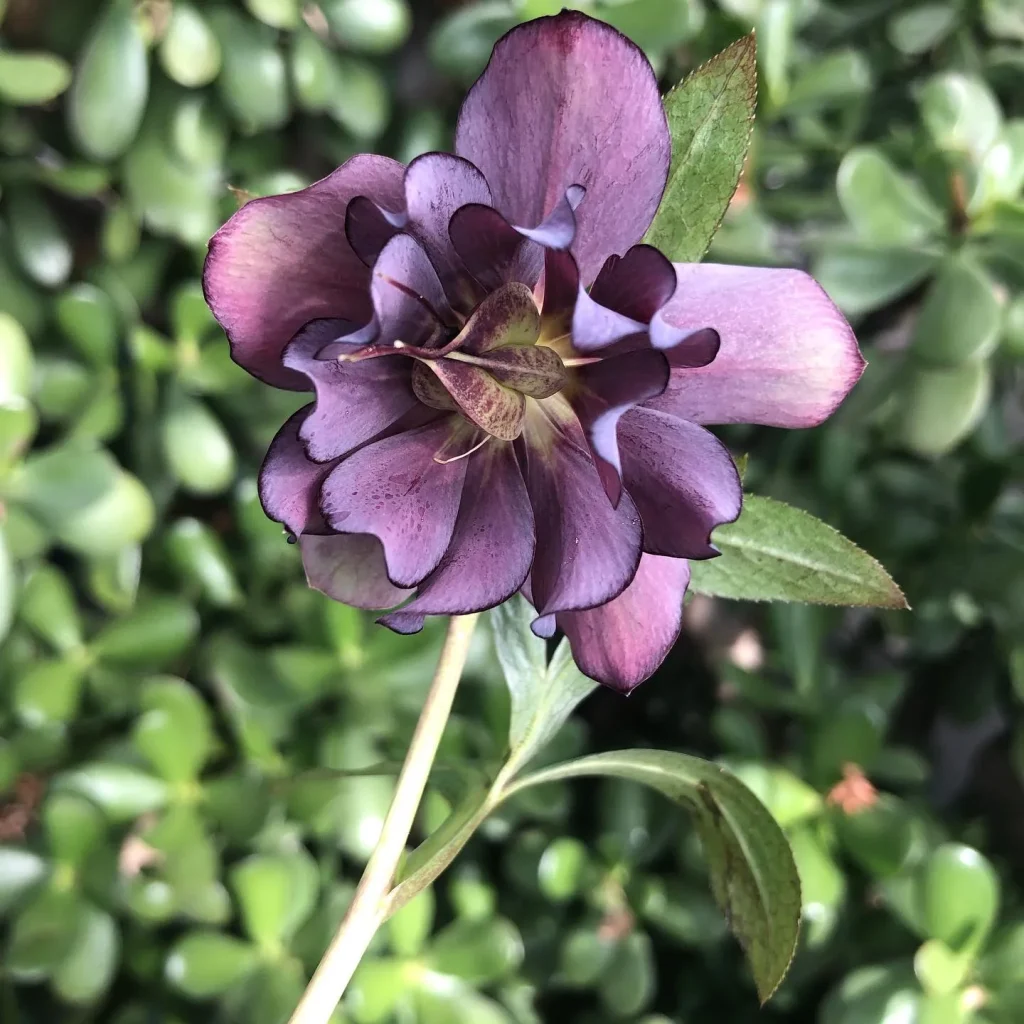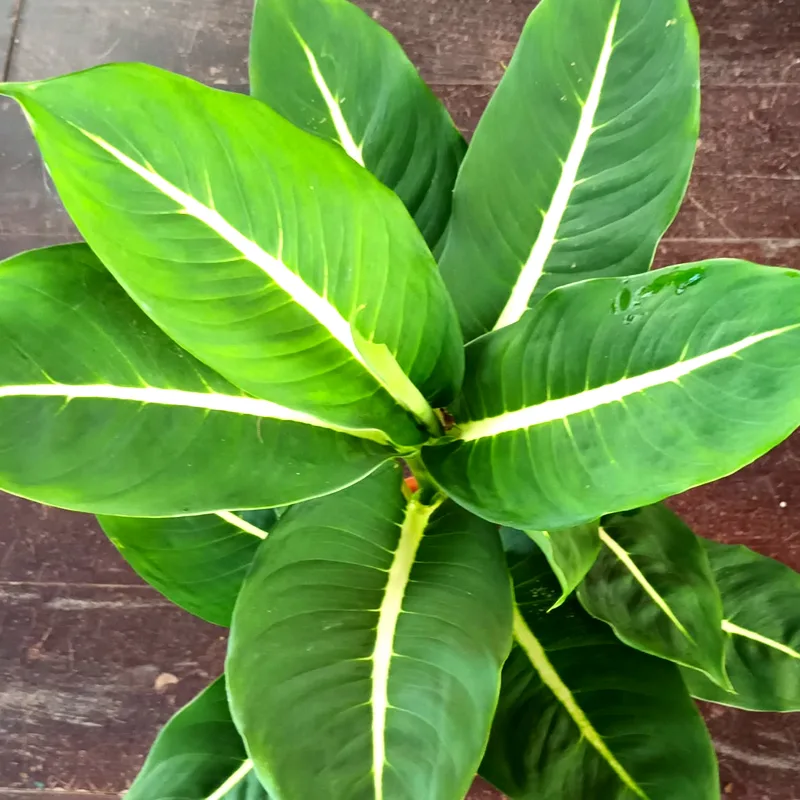Frequently Asked Questions About Brassica Carinata
Brassica Carinata, a synonym of Mutarda Carinata, often known as Ethiopian mustard or Abyssinian mustard, is a fascinating plant that’s gaining popularity for its agricultural and ecological benefits. As someone who’s explored various aspects of this plant, I’ve encountered numerous questions from fellow gardeners and enthusiasts. Here’s a comprehensive guide to some of the most frequently asked questions about Brassica Carinata.
42 Species in Genus Brassica
What Is Brassica Carinata?
Brassica Carinata is a member of the Brassicaceae family, which also includes cabbage, broccoli, and mustard. Native to East Africa, it’s valued for its seeds, which are used for oil extraction and as a feedstock in biofuel production. The plant is also used in traditional medicine and has potential uses in soil improvement and crop rotation due to its unique properties.
How to Determine Seed Moisture Content of Brassica Carinata?
Determining the seed moisture content of Brassica Carinata is crucial for ensuring optimal storage and quality. You can use a moisture meter for a quick and accurate measurement. These meters are relatively inexpensive and provide real-time readings. Alternatively, you can use the oven-drying method: weigh a sample of seeds, dry them in an oven at 103°C (217°F) for 24 hours, and then weigh them again. The difference in weight will give you the moisture content.
How to Care for Brassica Carinata?
Caring for Brassica Carinata involves understanding its specific needs. This plant prefers well-drained soil and full sun exposure. It’s fairly drought-tolerant but performs best with regular watering. Keep an eye out for pests like aphids and caterpillars, which can affect plant health. Regularly check the soil for weeds that might compete for nutrients and water.
How to Propagate Brassica Carinata?
Propagation of Brassica Carinata is typically done through seeds. Start seeds indoors about 6-8 weeks before the last frost or sow them directly into the soil after the danger of frost has passed. Ensure that seeds are planted at a depth of about 1/4 inch in well-drained soil. Keep the soil moist and provide good air circulation to prevent damping-off disease.
What to Plant with Brassica Carinata?
Companion planting can enhance the growth of Brassica Carinata. Consider planting it with legumes like peas or beans, which can fix nitrogen in the soil and improve its fertility. Avoid planting Brassica Carinata next to other brassicas like cabbage or broccoli to prevent cross-pollination and pest issues.
Can You Grow Brassica Carinata Indoors?
Growing Brassica Carinata indoors can be challenging due to its size and light requirements. If you have a large, sunny space or can provide adequate artificial lighting, it’s possible. However, it’s generally more practical to grow it outdoors where it can benefit from natural sunlight and ample space.
Is Brassica Carinata Toxic?
Brassica Carinata is not considered toxic to humans or animals. However, like other members of the Brassicaceae family, it does contain compounds that can be mildly irritating if consumed in large amounts. It’s always a good idea to use it in moderation and ensure that any animal feed is properly processed.
What Are the Benefits of Brassica Carinata?
Brassica Carinata offers several benefits. Its seeds are high in oil content, making them a valuable source for biofuel production. The plant also helps in soil improvement through its deep rooting system, which can enhance soil structure and reduce erosion. Additionally, it can be used as a green manure to enrich the soil with organic matter.
Common Problems with Brassica Carinata
Common problems with Brassica Carinata include pest infestations, such as aphids and caterpillars, and diseases like downy mildew and black rot. To manage these issues, practice good crop rotation, use pest-resistant varieties, and employ organic pest control methods. Regular monitoring and maintenance are key to preventing these problems from becoming severe.
How Does Brassica Carinata Compare to Other Similar Plants?
Brassica Carinata is often compared to other mustard varieties like Brassica Juncea (Indian mustard) and Brassica Nigra (black mustard). While all these plants are used for similar purposes, Brassica Carinata is notable for its high oil content and adaptability to dry conditions. It’s also less pungent than black mustard, making it preferable for certain culinary and industrial applications.
Conclusion
Brassica Carinata is a versatile and valuable plant with many applications. Whether you’re interested in its use for biofuel, soil improvement, or as a companion plant, understanding its needs and characteristics can help you make the most of this unique species. From seed moisture content to common problems, I hope this guide answers your most pressing questions about Brassica Carinata.
If i die, water my plants!



